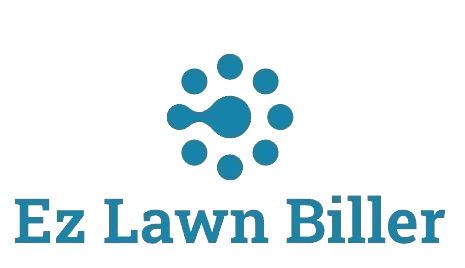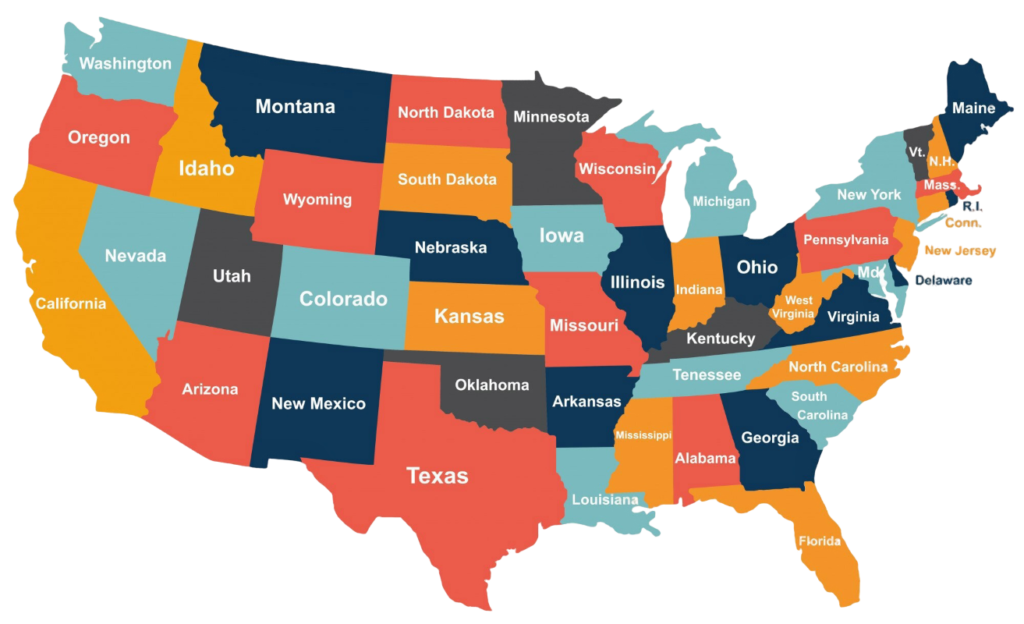Maximize your lawn care business efficiency by avoiding common optimization mistakes. Learn how to streamline your routes for better service and profitability.
Avoid These Common Optimize Routes Mistakes
Routing optimization is crucial for lawn care businesses striving to increase efficiency and customer satisfaction. Failing to properly optimize routes not only leads to wasted time and resources but can also diminish client trust and retention. This blog post delves into the common mistakes made during route optimization, offering insights and practical tips that can help lawn care professionals achieve their goals while providing exceptional service.
In today’s fast-paced environment, lawn care companies are expected to provide timely and efficient services. Properly optimizing routes is not just about saving time; it’s about maximizing profitability and improving customer relationships. Yet, many businesses overlook key aspects, resulting in mistakes that can be costly in the long run. Throughout this article, we will explore these common pitfalls, backed by evidence and expert opinions, to help you refine your approach to route optimization.
Overlooking Geographic Factors
One major mistake lawn care companies make is neglecting geographic factors when planning their routes. Many business owners rely on basic software or manual methods that don’t account for traffic patterns, seasonal changes, or even construction work in their areas. According to a recent study, companies that utilize mapping software that considers real-time data can reduce travel time by up to 30%.
For example, if you have multiple clients in a suburban area, it is vital to map out not just the shortest route but also the most efficient one considering local traffic trends. Failing to take these geographic factors into account can lead to longer service times, which can frustrate clients and negatively impact your reputation.
Neglecting Client Preferences
A second common mistake is ignoring client preferences for service times and scheduling. Many lawn care providers create rigid schedules that don’t consider the specific needs and requests of their clients. This oversight can lead to dissatisfaction and missed opportunities for repeat business.
Integrating a client management system with your lawn billing software can help you track these preferences effectively. For instance, some clients may prefer services to be performed earlier in the morning or later in the afternoon to accommodate their schedules. By being flexible and accommodating these requests, you can not only improve client satisfaction but also enhance your overall efficiency.
Failing to Analyze Data
Another frequent error is not utilizing data analytics to inform routing decisions. Many lawn care businesses operate without analyzing their service data, which can provide valuable insights into the most efficient routes and service times. By leveraging reporting features in lawn service software like [Lawn Biller Software](https://ezlawnbiller.com/), you can track which routes are consistently taking longer and adjust your scheduling accordingly.
For example, if data indicates that certain routes consistently lead to delays, you can look for alternative paths or adjust service times to avoid peak traffic. Using data analytics allows for a more strategic approach to route optimization, which can ultimately lead to cost savings and increased customer satisfaction.
Underestimating the Importance of Training
Even with the most sophisticated software in place, a common mistake is underestimating the significance of training your team on how to use the routing tools effectively. It’s not enough to have a great lawn service app if your team doesn’t know how to utilize it to its full potential. Regular training sessions can ensure that your staff understands how to input data accurately, interpret routing suggestions, and make informed decisions on the ground.
Providing your team with the right training can lead to better decision-making and unleash the full potential of your routing solutions. As a result, you will see improved efficiency, reduced operational costs, and higher levels of customer satisfaction.
Ignoring Seasonal Adjustments
Seasonal changes can significantly affect route optimization. Many lawn care businesses fail to adjust their routes based on the season, leading to inefficiencies and potentially lost revenue. For example, during peak growing seasons, routes may need to be adjusted more frequently to accommodate increased demand.
By acknowledging seasonal changes and how they impact your operations, you can refine your routes to ensure timely and efficient service. Utilizing a lawn service computer program can provide insights that help you adapt your routes according to seasonal needs, ultimately enhancing service delivery and client satisfaction.
Not Implementing Feedback Mechanisms
A vital yet often overlooked aspect of route optimization is establishing a feedback loop with your clients. Failing to solicit feedback can lead to recurring mistakes in your routing processes. Regularly engaging with clients about their experiences can provide you with invaluable insights into what is working and what needs improvement.
By integrating feedback mechanisms into your service process, you can adapt your routes and service offerings based on actual client experiences. This not only helps in optimizing your routes but also fosters stronger relationships with your clients, making them more likely to stay loyal to your business.
Over-Reliance on Technology
While technology can greatly aid in route optimization, becoming too reliant on automated systems can lead to complacency. Many lawn care businesses neglect the human element of service, assuming that the software will handle everything. However, it’s crucial for business owners to remain engaged and actively monitor routing performance.
Utilizing tools like [Lawn Service Software](https://ezlawnbiller.com/) can streamline processes, but they should be complemented with human oversight. Regularly reviewing route performance, engaging with your team, and maintaining an understanding of your operational climate are essential steps for achieving optimal results.
Conclusion
In conclusion, optimizing routes is a critical component of running a successful lawn care business. By avoiding common mistakes such as overlooking geographic factors, neglecting client preferences, and failing to analyze data, you can significantly enhance your operational efficiency. Embracing training, acknowledging seasonal adjustments, implementing feedback mechanisms, and ensuring a balanced approach between technology and human insight will set your business apart.
As we move forward in a competitive landscape, the importance of effective route optimization cannot be overstated. Make it a priority to refine your approach, incorporate advanced lawn company apps, and stay connected with your clients to ensure growth and success in your lawn care business.




